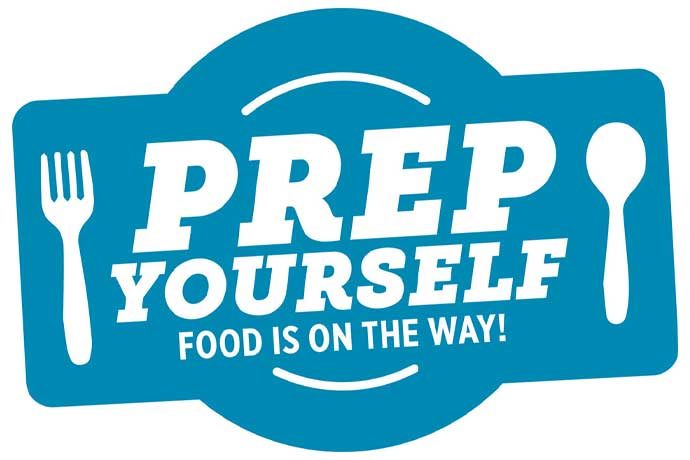KANSAS CITY, MO. – Consumer engagement with food delivery services surged during the pandemic. The NPD Group, Chicago, found that consumers increased their capacity for preparing meals at home, aided by a host of new appliances and gadgets in the kitchen. And as consumers return to school and work, portable on-the-go options or restaurant meals will regain some importance. But meals away from home won’t completely supplant at-home meal preparation.
“The current conventional wisdom is that we will be using our homes less once the pandemic is over. The reality is we were using our homes more before the pandemic than we did in the past,” said David Portalatin, NPD food industry advisor and author of Eating Patterns in America. “Home is where we eat most of our meals, whether we prepare them, or a restaurant does; test the latest kitchen appliances and housewares; entertain our family and friends and spend most of our time. This behavior is a structural change in our lifestyles, and it’s unlikely to shift anytime soon.”
So even as more individuals return to their pre-pandemic routines the trend of eating meals at home is expected to continue and with it, the need for education surrounding safe handling of food prepared in the home or delivered by a foodservice operator, meal kit provider or retail grocery store.
In response to the rapid growth of delivered meals at home, and on the occasion of September being Food Safety Education Month, the Partnership for Food Safety Education (PFSE) developed a program with print and digital resources for delivery service providers of all types to share with their customers. This week’s MEAT+POULTRY Podcast features Steven Mandernach, executive director of the Association of Food and Drug Officials and a member of the PFSE board of directors. He explains why education around safe handling of food deliveries is so important in a post-pandemic era, and what takeaways the partnership gleaned from consumer tests of the program called Prep Yourself.
“Regretfully, consumers often forget that the most likely place of contamination of their food is not at the restaurant or during deliveries,” Mandernach said. “It’s probably once you get it home and what you do with it there.”





